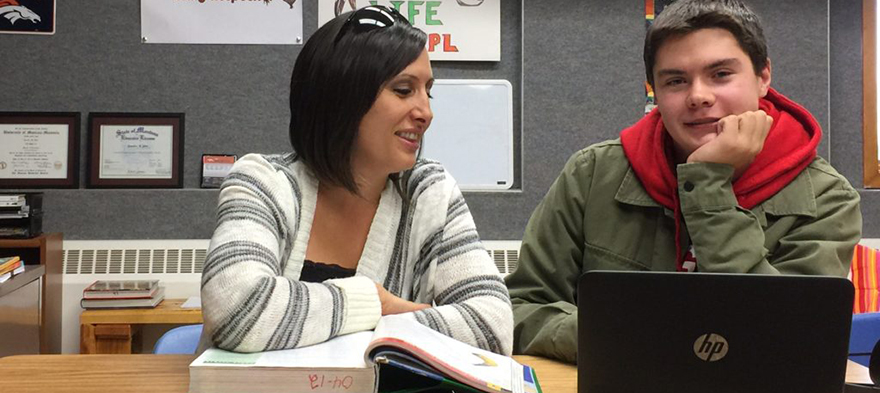
Nov 14, 2016 12:00:00 AM
Jennifer Jilot is a literacy coach and Indian Studies teacher at Arlee Junior High and High School in Arlee, Montana. A mom of two sons, a third grader and a tenth grader, Jennifer also trains future teachers as an adjunct professor in education at the University of Montana.
Few issues in education spark more tension and debate than standardized testing. Are they a tool for equity or a burden on students? A necessary check on school systems or a flawed measure of...
Charter schools are public schools with a purpose. Operating independently from traditional school districts, they're tuition-free, open to all students, and publicly funded—but with more flexibility...
Despite the benefits of a diverse teaching force, prospective teachers of color fall out of our leaky preparation pipeline at every stage: preparation, hiring, induction, and retention. Here’s what...
Ed Post is the flagship website platform of brightbeam, a 501(c3) network of education activists and influencers demanding a better education and a brighter future for every child.
© 2020-2025 brightbeam. All rights reserved.
Leave a Comment